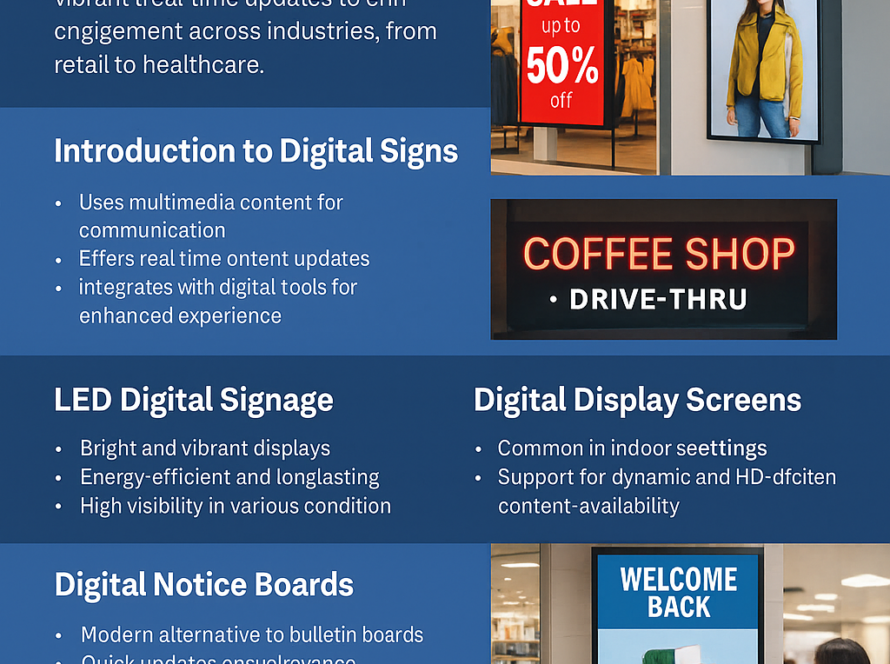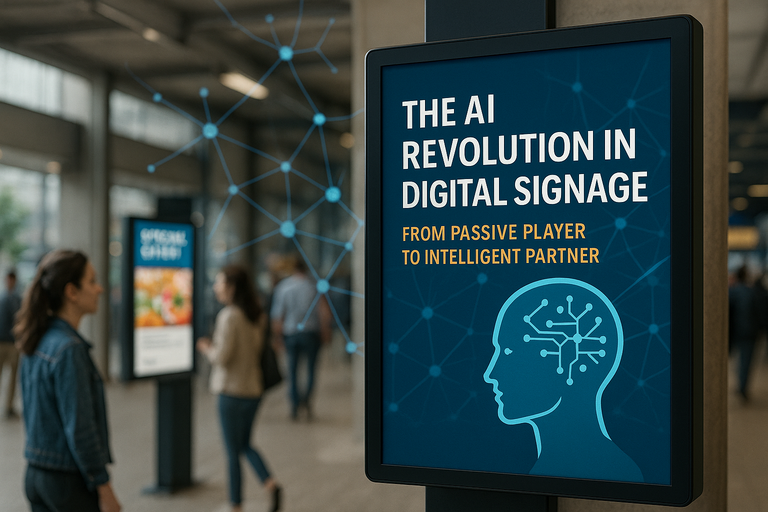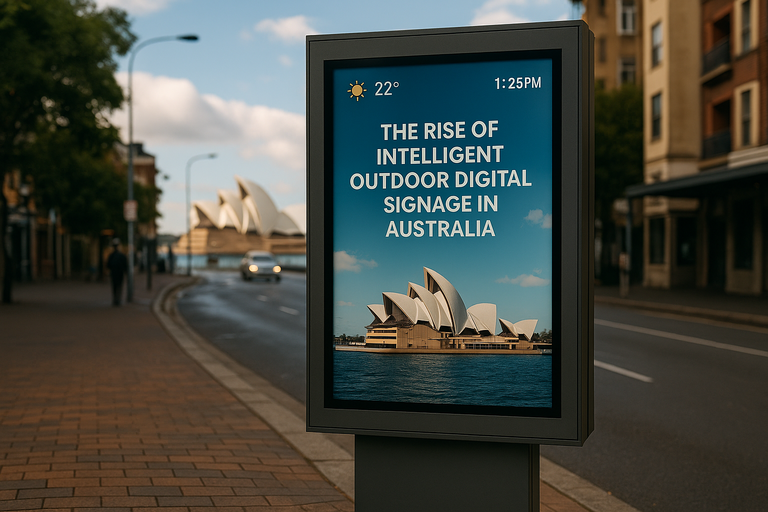Outdoor Digital Signage with AI: Redefining Smart Displays
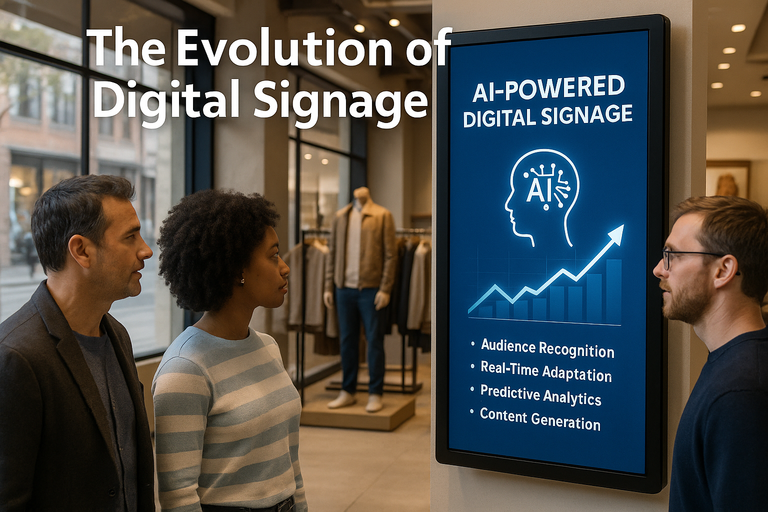
Outdoor digital signage is rapidly evolving with AI, turning static displays into adaptive, context-aware communication hubs. At Sign Inspire, we help brands deliver personalised, real-time messaging on outdoor digital signage that boosts engagement and ROI across retail precincts, smart cities, campuses and workplaces. For market perspective, see Statista’s DOOH outlook and industry coverage from Digital Signage Today.
The Evolution of Digital Signage in the AI Era
Early networks relied on manual scheduling. Today, AI enables tailored messaging, weather-triggered promos and on-the-fly creative—making outdoor digital signage an active participant in audience interaction. Machine learning, computer vision and generative AI deliver measurable engagement and operational efficiency. See related industry insights.
Core Use Cases: AI in Outdoor Digital Signage

Retail: Real-Time Personalisation
AI transforms LED digital signage into adaptive tools. Campaigns adjust to demographics, POS data, weather and local events—showing umbrellas in rain or summer wear in sun. Touch experiences bridge online and in-store journeys.
Digital Signage: Contextual Messaging at Scale
AI-driven displays auto-adjust brightness and content based on ambient light, crowd density and live data. Stadiums and transport hubs run location-aware campaigns that change by schedule, crowd mood or trending topics. Learn more about AI signage in Australia.
Outdoor Digital Signage for Smart Cities
Smart-city networks integrate wayfinding, emergency alerts and civic engagement. Screens adapt to crowd flow, weather and transit disruptions, giving citizens timely, location-specific information.
Education & Corporate
Campus screens deliver safety alerts, schedules and interactive tools; analytics refine content. Corporate networks sync KPIs and announcements across sites, with personalised greetings at entry points. See corporate case studies.
Specs That Matter for Outdoor Digital Signage
- Brightness: ≥3,000 nits for daylight readability
- Weather rating: IP65+ with sealed, ventilated enclosures
- Glass: Anti-glare/anti-reflective; vandal-resistant
- Thermal & power: Auto-dimming and energy optimisation
- Remote management: Health monitoring and secure updates
Measurement & ROI
- Track dwell time, attention and content CTR
- Run A/B tests by daypart, location and creative
- Tie redemptions and sales uplift to POS/CRM
- Feed results into AI schedulers for continual improvement
Implementation Checklist
- Hardware: Commercial displays/LED with correct brightness & IP rating
- CMS: Cloud control, roles/approvals, playback logs
- Data: Weather, events, traffic, inventory integrations
- Creative: Templates, dynamic fields, localisation & accessibility
- Operations: Remote updates, SLAs, field support
AI Trends in Digital Signage
- Generative AI: Automated copy, imagery and translations
- Conversational Screens: Voice/text queries for kiosks
- Edge AI: On-device analysis for instant adaptation
- Predictive Automation: Goal-based scheduling and testing
- Ethical Data: Privacy-first processing and transparency
Privacy & Compliance
Use anonymised analytics, minimise retention, and provide clear notices/opt-outs. Align with Australia’s APPs, plus GDPR and CCPA where relevant.
FAQs
What is outdoor digital signage?
Weather-rated, high-brightness displays that deliver dynamic content in public spaces.
How does AI improve outdoor digital signage?
It adapts content to light, weather, crowd and events, and auto-optimises scheduling.
Which specs matter most outdoors?
≥3,000 nits brightness, IP65+ protection, anti-glare glass and remote management.
Conclusion
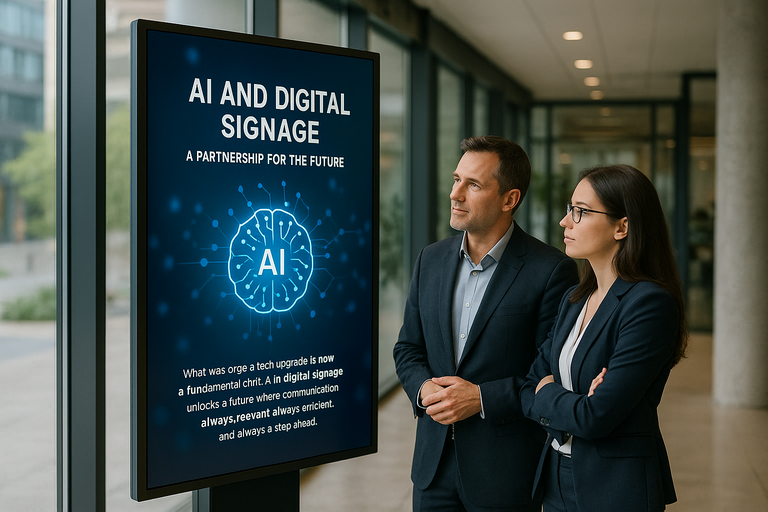
Digital signage with AI delivers relevant, measurable communication at scale. From retail precincts to smart-city networks, the next step is to pilot a location, measure results and expand with confidence.

